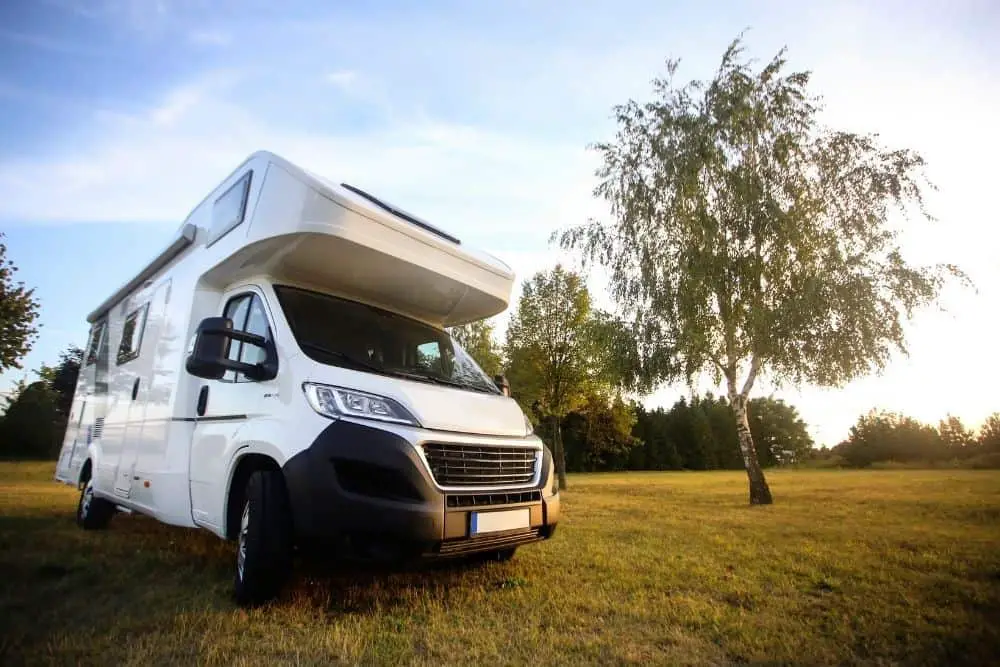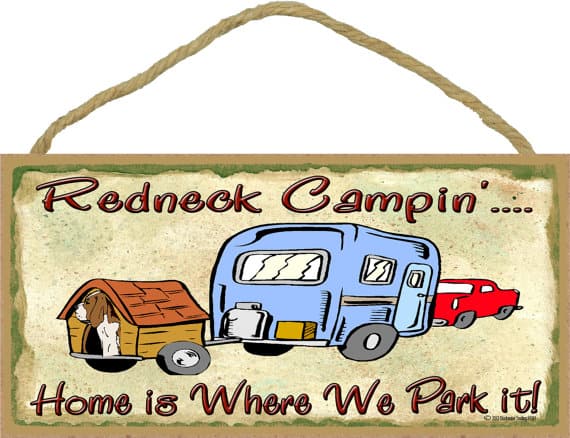Your RV should be fixed quickly if it is tilting toward the right or left side.
Why is My Motorhome Leaning to the side? Overloaded and improperly loaded RVs tend to tilt to the right. Also, because of the uneven parking spaces and the additional weight on the slide-out, several issues arise, Sagging Vehicle springs and bad airbags can cause it to tilt.
Why Does My Motorhome Lean to the Left or Right Side?
Motorhomes combine high-quality performance with luxurious amenities. Leaning to the right or left might be risky with these recreational vehicles. Some key causes of this issue have been outlined in this article.
Heavy load
Look at it this way for a moment: Let’s compare and contrast. RVs are similar to the human body in many ways.
When it comes to carrying weight, our frame structure and size dictate how much we can carry. Things go drastically wrong if you’re heavier than the ideal weight for that.
Back, legs and feet; the very parts that hold our body together scream in misery. Broken ribs and other areas of the body are common when we fall. You wind up in the hospital, and it takes a long time to repair those things.
There are a number of factors that go into how much weight an RV can carry, including its kind and size.
Putting too much strain on the RV’s chassis, axles, tires, and other parts might lead to premature failure of the vehicle. As a consequence, you could lose control of your RV, which might lead to catastrophic damage (both human and RV).
Over-packing your RV can also lead to the following issues:
- Failure of tires due to a high rate of wear
- Breakdowns on the roadside
- Handling is reduced
- Issues with suspension
- Reduced ability to stop
- Unpredictable tow swaying
- Stress and exhaustion for the driver
- Lowering of the gas mileage
However, the weight capacity of a motorhome and a towable RV are vastly different.
You need to know just how much weight your RV can hold. There is a sticker on the RV’s exterior or in one of the storage bays that displays the RV’s gross vehicle weight rating (GVWR).
If you can’t find one, we recommend contacting the company that made your RV and providing them with the year and model number.
Excessive furniture on slide out
Standard heavy-duty chassis are factory-rated for a specified gross vehicle weight capacity (GVWR), and the RV manufacturer then produces the body type that the buyer or the RV dealer’s sales order requested.
Some RV manufacturers fail to account for the additional weight of slide-outs in the GVWR since their chassis aren’t designed to support it. The extra weight of the slide out when it is extended is not taken into account by the makers of the truck chassis or the RV.
The suspension issues are exacerbated if levelers are not utilized (and certain RV models do not include these). What’s more, the chassis manufacturer’s dealers won’t fix anything under warranty because the chassis is now a customized automobile and hence not covered by the manufacturer’s warranty.
Springs sagging
Front springs may be deteriorating, which might cause the RV to lean. When RVs sit for lengthy periods of time, both on the manufacturer’s lot and at the dealer lot, sales personnel have a poor tendency of pulling out the slide outs before even putting the levelers down.
The RV will tilt if the slide-out is left open for any length of time since the spring has ‘settled’ in that position due to the greater weight on that side. The springs must be replaced if you want the problem to be resolved.
In an effort to save money, some dealerships may send the vehicle to an alignment business where the shims can be swapped from one side to the other. A faulty alignment and abnormal tire wear will occur if this method is used to correct the problem.
Improper weight loading
All RVs are built with the goal of balancing the vehicle’s weight evenly across its chassis. Stability and other aspects of RV functioning are affected by this.
You’d be shocked how quickly the weight builds up and how quickly the RV begins to lean to one side when it’s full of food, baggage, and gear, or if you’ve made alterations and additions to it.
Make sure to weigh each of your RV’s tires, as previously indicated. One side may be significantly heavier than the others.
A competent RV repair business can always provide you with an honest assessment of your RV’s condition for free if any of these concerns persist.
Improper parking surface
The stabilization of RVs is dependent on the use of flat parking areas. Preventative steps like these are seldom ignored, and many vehicles end up parking on uneven ground. When a brick or a rock boulder is in the way, the balance is disrupted.
Turning positions cause the RV to tilt to one side owing to the increased weight, which is not a good situation. Because it can fall to the earth, the outcome is harmful. The igniting qualities are prevented by a lack of equilibrium. When a human enters the setup, even if it is in a parked position, it begins to move.
Determine why it is happening and take action to fix it. Never park on uneven ground or at a position where the terrain slopes. Remove anything that may be causing it to be uneven. Do not use any force when adjusting it on the flat surface.
Low wheels capacity
The motorhome’s wheels bear the weight. Their suspension and flexibility properties allow for a pleasant ride. To function properly, the wheels must remain in their proper tire pressure.
To put it simply, they lose their ability to support big loads if they aren’t inflated to the proper pressure. At any point in the driving process, a wheel on one side of the vehicle might fail. They also gradually lose their effectiveness as they become older.
Occasionally, the limited capacity of the tires might be attributed to the fact that they are beyond their prime. The suspension is reduced and the flexibility is likewise reduced making a tire blowout more likely.
Repair the wheels and replace them when they reach a certain point. Avoid putting too much weight on the tires, as this will reduce their ability to perform at their best. Consider hiring an expert to replace your tires.
The replacement is a great answer to these issues. Failure to address problems and other indifference result in catastrophic consequences.
3 Chevrolet P 30 Chassis lean and Ford F53 Chassis lean
Due to spring imbalance loading, the Ford F53 and Chevrolet P30 chassis were prone to leaning to the right or left.
In the end, you have two options: you can either use standard springs and airbags, or you can contact an RV or truck spring manufacturer and have them create a replacement set based on the corner weights for your RV.
In Conclusion
The RV may be tilting because the front springs are worn out. The RV may also tilt if the slide out is left open for any length of time since the spring has ‘settled’ in that position due to the greater weight on that side. The springs must be replaced in order to restore proper operation.


